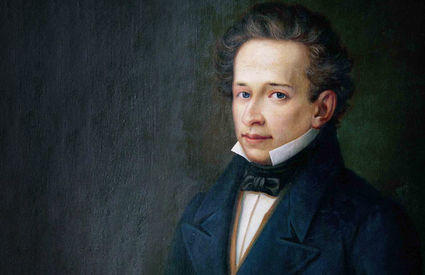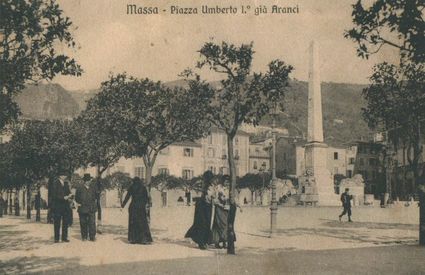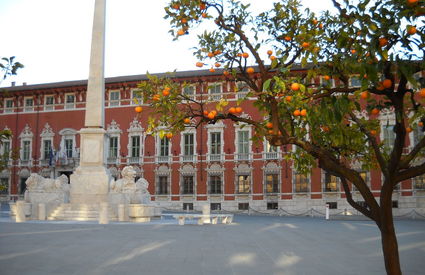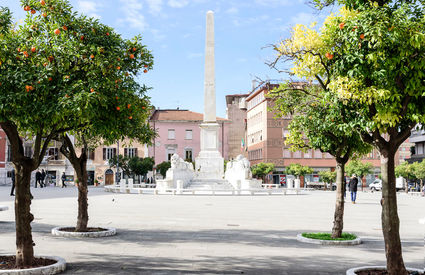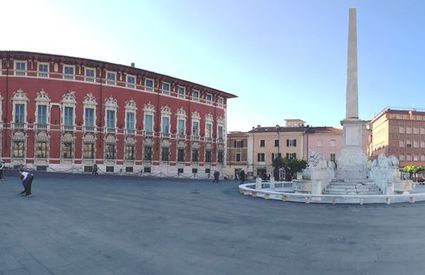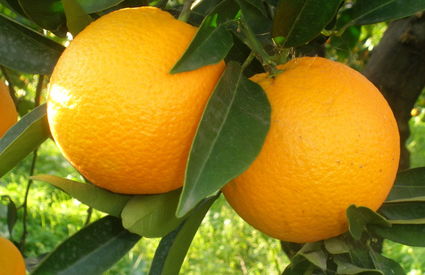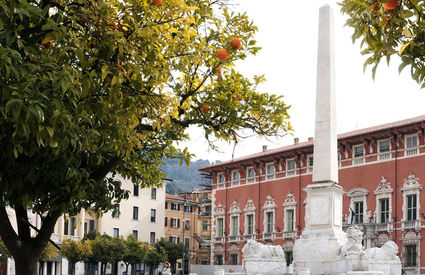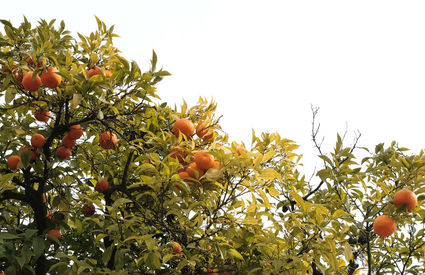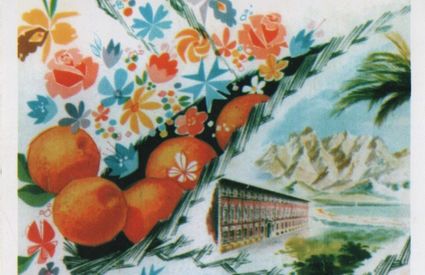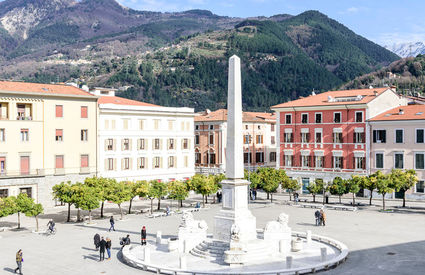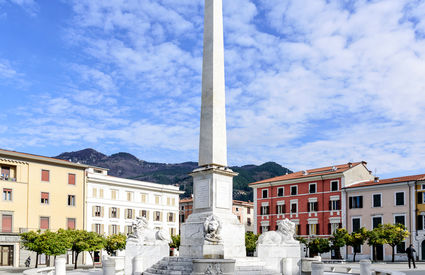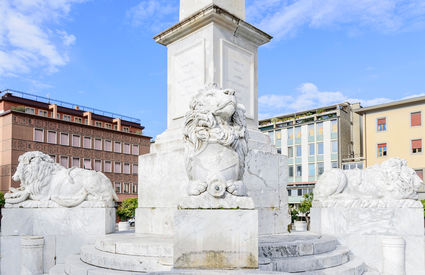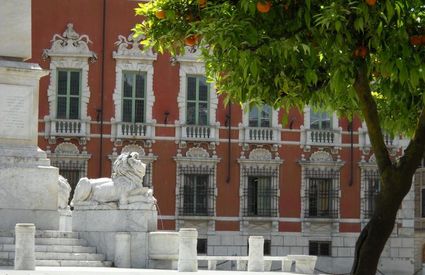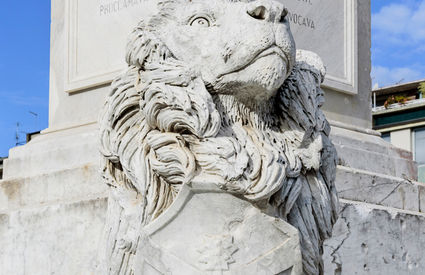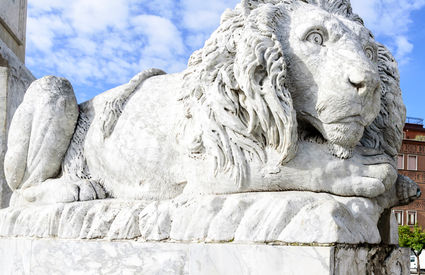Massa
Giacomo and Giosuè, a square, the oranges and the lions
When a cold Leopardi dreamt of a sojourn without a mantle, set in the orange-scented air of Massa
Giacomo and Giosuè, a square, the oranges and the lions
When a cold Leopardi dreamt of a sojourn without a mantle, set in the orange-scented air of Massa
A poet, a beloved sister and a princess
I’ve now
decided firmly that I’ll spend next winter in Massa di Carrara, which is a good
70 miles away from here; the climate is nice, similar to Nice… you can go out
and walk around without a ferraiolo; in the middle of the public square, you
see oranges growing, planted in the ground.
A cold Giacomo Leopardi wrote these words from Florence in October of 1827
in a letter to his beloved sister Paolina, “prisoner” in the Palazzo Recanati.
For some years, then, a double row of orange trees had been “planted in the earth”, not in greenhouses or protected courtyards, but instead as the crowning feature of the new public square instituted by Elisa Baciocchi, sister to Napoleon and duchess of Massa, a suitable front to the new and monumental Baroque façade of the Palazzo Ducale.
Piazza degli Aranci, the “living room” of the small duchy
In 1819, the “bitter” but beautiful sweet oranges had been planted to enclose the three sides of the ducal square; regarding the rest, a few centuries prior, in his “Descrizione di tutta l'Italia,” Leandro Alberti painted a picture of the landscape around the city: “It’s garden-like, seeing as how you can essentially call the whole country this, it being so full of thick forests of citrons, oranges and olive groves.”
Carducci echoed those same sentiments when he wrote: “did you know that in Massa there’s a square entirely surrounded by double rows of oranges?”
Since medieval times, the rather mild climate has fostered the growth and development of such citrus trees in the Massa area, thanks to the nearby sea that mitigates the seasons and the priceless “cloister” of the Apuan Alps that protects their vitality from cold winter winds. And this is how oranges and lemons vegetate abundantly in family-run gardens and enhance the setting of not just the Palazzo Ducale, but to streets and squares, an unusual and unexpected take on urban décor.
The marble lions and the award-winning sculptor in Paris
For some time, a marble obelisk once boarded for Barcelona had been sent back to its native land, and lay abandoned on the beach, like a precious relic of a wintertime coastal storm.
In 1853, it was taken to the center of the square and placed there. But the marble “stem” was easily lost amid the vast woodsy space, and the professor Giovanni Isola, an artisan decorator who had won top honors at the Universal Exposition of Paris, proposed adding four proud lions to its base, a project that would be carried out at the local sculpture school, in 190 handbreadth marble blocks..
But it ended up taking more than thirty years before they were finally sculpted and installed, and the professor Isola didn’t make it long enough to see them, leaving the work behind to his son, Lodovico. Legend has it that that the four felines were modeled equally from one to another, but on a mysterious summer night, their postures transformed and in their grips, between each lion’s robust legs, four different types of prey appeared.
Since then, they’ve served as the intense guardians over all the passersby who, in the rainy autumn days or the sun-drenched afternoons of summer—but never cold like the cold that Giacomo experienced in Florence—cross through Piazza degli Aranci, just as Giosuè Carducci did fifty years later, following their own fragile destinies.


